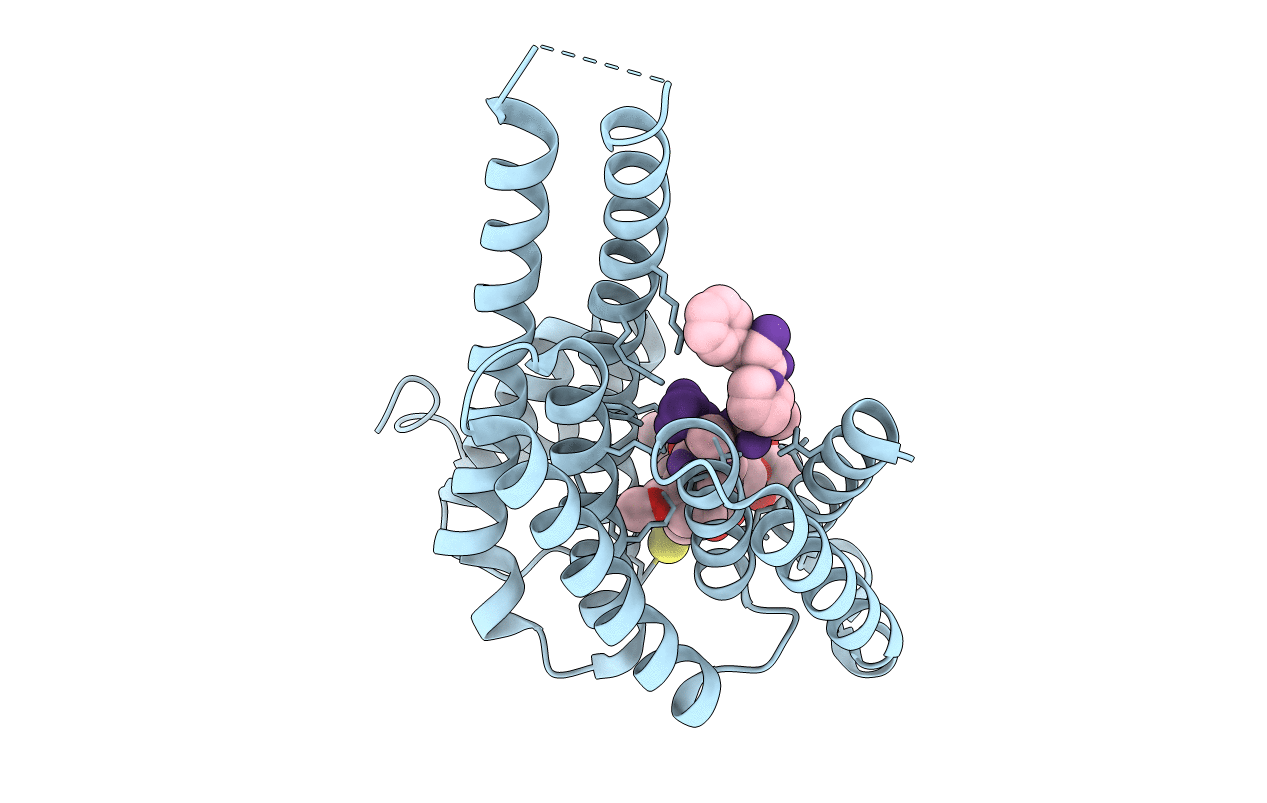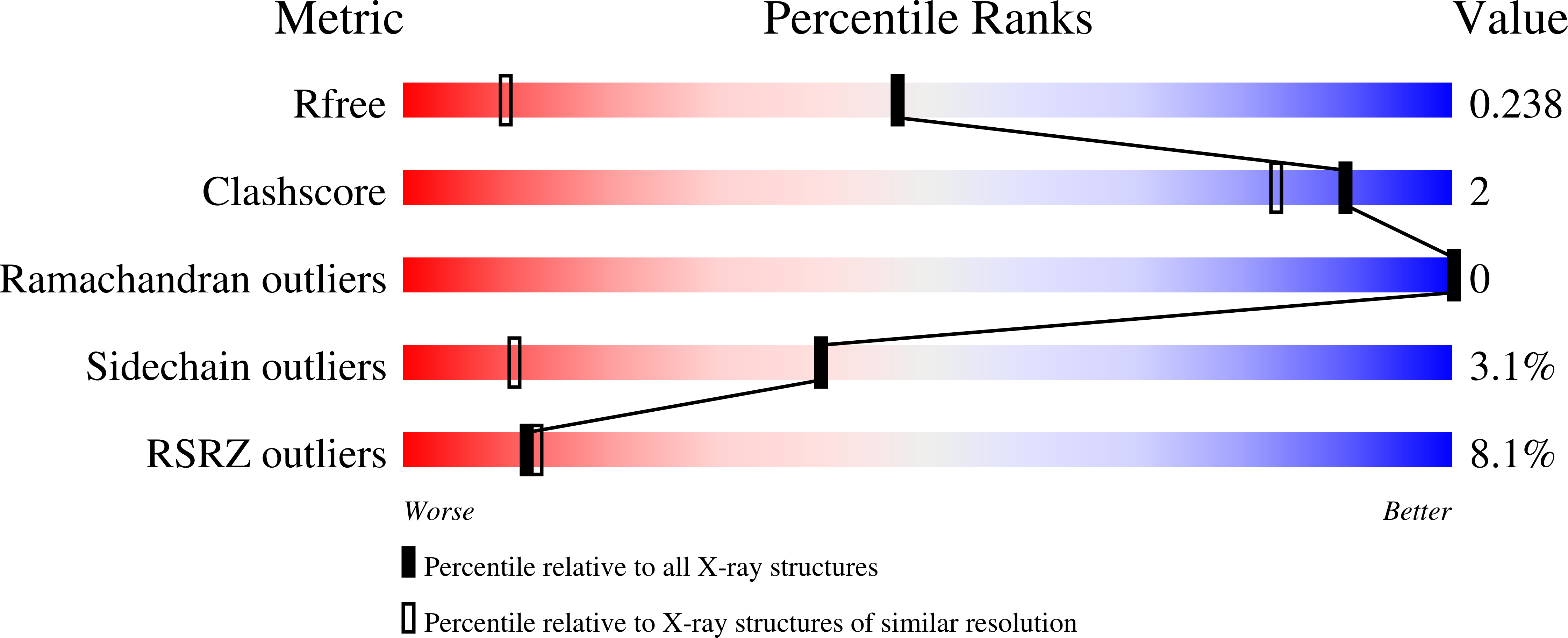
Deposition Date
2021-02-14
Release Date
2021-12-01
Last Version Date
2025-10-01
Entry Detail
PDB ID:
7NIZ
Keywords:
Title:
Human 14-3-3 sigma in complex with human Estrogen Receptor alpha peptide and ligands Fusicoccin-A and WR-1065
Biological Source:
Source Organism:
Homo sapiens (Taxon ID: 9606)
Host Organism:
Method Details:
Experimental Method:
Resolution:
1.48 Å
R-Value Free:
0.23
R-Value Work:
0.21
R-Value Observed:
0.21
Space Group:
C 2 2 21


